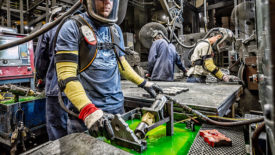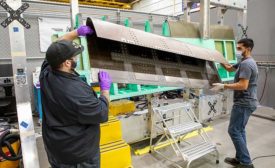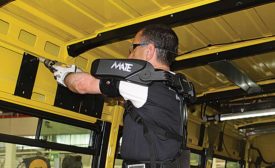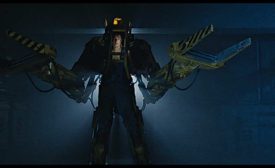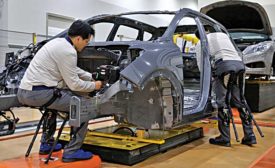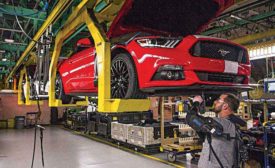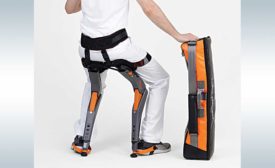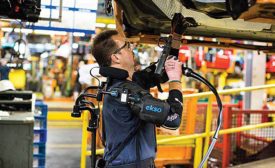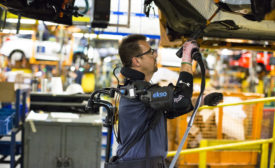Home » Keywords: » exoskeleton
Items Tagged with 'exoskeleton'
ARTICLES
Assistive glove helps foundry workers grip castings and handle power tools.
Read More
Exoskeletons Aid Assemblers at Truck Plant
Workers at IVECO’s assembly plant in Brescia, Italy, get mechanical help on the line.
June 12, 2020
Manufacturing Fact vs. Science Fiction
Here’s a look at some manufacturing technologies of today that were once predicted in science fiction stories
May 16, 2019
Exoskeletons Lend a Lift at Ford
New technology makes overhead tasks less stressful on operators.
March 2, 2018
Get our new eMagazine delivered to your inbox every month.
Stay in the know on the latest assembly trends.
SUBSCRIBE TODAY!Copyright ©2024. All Rights Reserved BNP Media.
Design, CMS, Hosting & Web Development :: ePublishing
